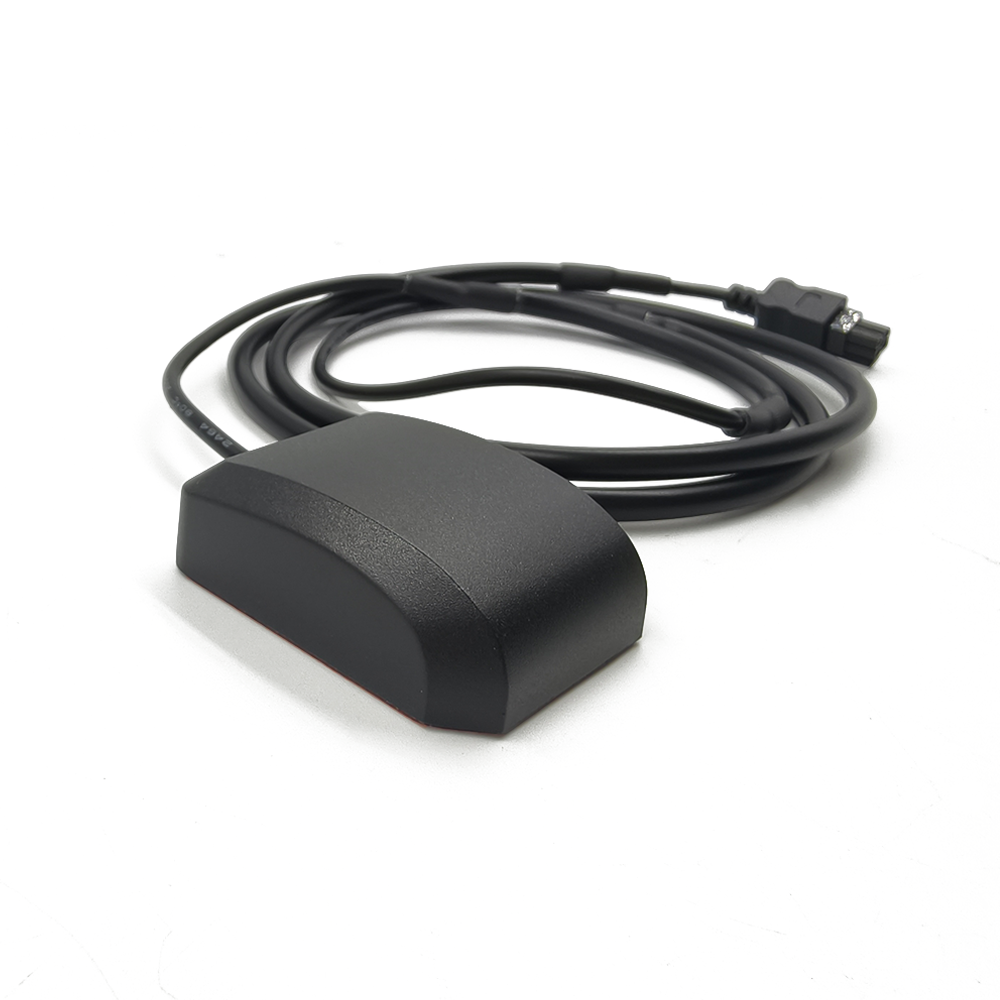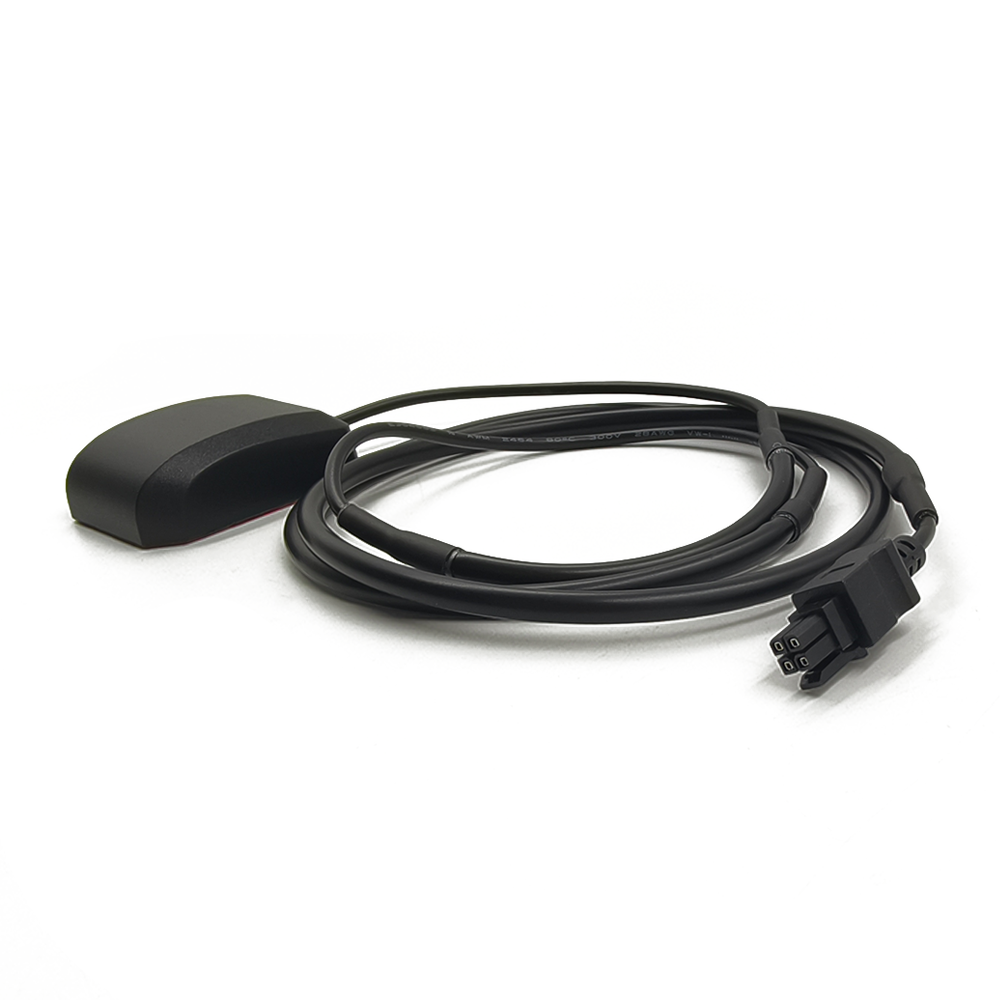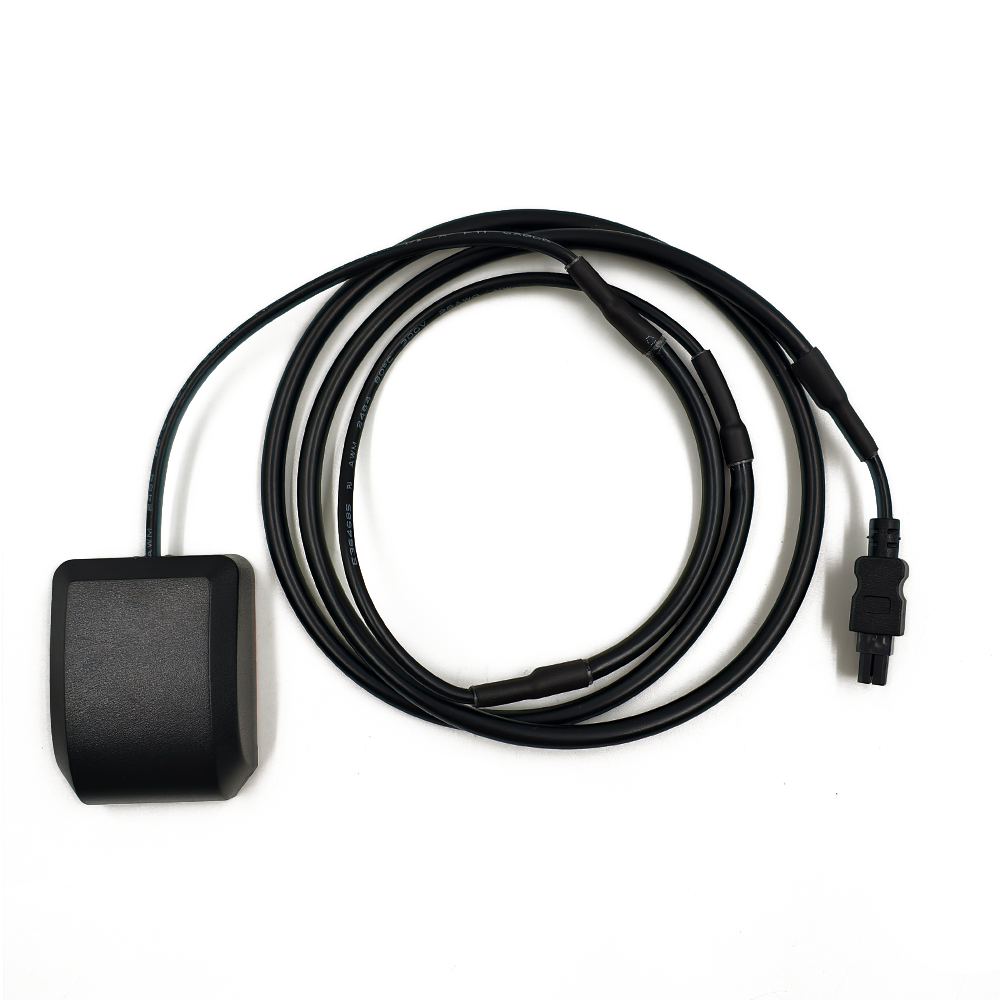5.1 Current Applications
5.1.1 Automotive Industry
In the automotive industry, low - profile GNSS external antennas are widely used in various applications. Vehicle navigation systems rely on these antennas to provide accurate location information to drivers. With the increasing popularity of electric vehicles and the need for efficient charging infrastructure, GNSS - enabled antennas are also used for charging station location services.
In addition, for autonomous driving applications, low - profile GNSS external antennas play a crucial role. Autonomous vehicles require highly accurate positioning information to navigate safely. By receiving signals from multiple satellite constellations, these antennas can provide the necessary accuracy for functions such as lane - keeping, collision avoidance, and self - parking. Fleet management systems also use low - profile GNSS antennas to track the location of vehicles in real - time, optimizing routes and improving overall fleet efficiency.
5.1.2 Aviation and Aerospace
In aviation, low - profile GNSS external antennas are used in aircraft navigation systems. They help pilots determine the aircraft's precise location, altitude, and speed. These antennas are also used in air traffic control systems to track the movement of aircraft. In the aerospace industry, they are used in satellites and spacecraft for navigation and communication purposes. Their low - profile design helps to reduce aerodynamic drag during launch and also minimizes the impact on the overall design and functionality of the spacecraft.
5.1.3 IoT and Asset Tracking
The Internet of Things (IoT) has seen a rapid growth in recent years, and low - profile GNSS external antennas are an essential component in many IoT applications. Asset tracking is one such area where these antennas are widely used. Companies can use low - profile GNSS - enabled devices to track the location of valuable assets, such as shipping containers, construction equipment, and livestock. In smart cities, these antennas can be used in environmental monitoring devices, traffic sensors, and waste management systems to provide accurate location - based data.
5.2 Future Trends
5.2.1 Integration with 5G and Other Technologies
As 5G technology continues to roll out globally, there is a growing trend towards integrating low - profile GNSS external antennas with 5G communication modules. This integration can enable new applications that require both high - speed communication and accurate positioning. For example, in autonomous vehicles, the combination of 5G and GNSS can provide real - time traffic information and precise positioning data, enhancing the safety and efficiency of autonomous driving.
In addition, there may be integration with other emerging technologies such as Wi - Fi 6E and Bluetooth Low Energy (BLE). This multi - technology integration can create more versatile and intelligent devices that can communicate and locate in different ways depending on the application requirements.
5.2.2 Higher Precision and Accuracy
The demand for higher precision and accuracy in GNSS positioning is constantly increasing. Future low - profile GNSS external antennas are likely to incorporate advanced technologies to achieve centimeter - level or even millimeter - level accuracy. This may involve the use of more advanced signal processing algorithms, better - performing antenna elements, and improved multipath mitigation techniques.
For applications such as robotics, precision agriculture, and augmented reality (AR)/virtual reality (VR), high - precision GNSS positioning is crucial. In precision agriculture, for example, farmers can use GNSS - enabled equipment with high - accuracy antennas to precisely apply fertilizers and pesticides, reducing waste and increasing crop yields.
5.2.3 Miniaturization and Energy Efficiency
There will be a continued push towards miniaturization of low - profile GNSS external antennas. As technology advances, it will be possible to make these antennas even smaller without sacrificing performance. This will open up new opportunities for their use in even more compact devices, such as implantable medical devices and tiny IoT sensors.
At the same time, energy efficiency will be a key focus. With the increasing use of battery - powered devices, antennas that consume less power will be highly desirable. This may involve the development of more efficient amplifier circuits and the use of materials with lower power consumption in the antenna design.
Conclusion
Low - profile GNSS external antennas have emerged as a vital component in modern navigation and positioning systems. Their compact design, improved signal reception capabilities, and durability make them suitable for a wide range of applications across various industries. Despite the challenges they face, such as interference susceptibility and performance in multipath environments, continuous research and development efforts are being made to overcome these issues.
The current applications of low - profile GNSS external antennas in the automotive, aviation, aerospace, and IoT industries demonstrate their significance in enabling accurate positioning and location - based services. Looking to the future, trends such as integration with 5G and other technologies, higher precision and accuracy, and miniaturization with energy efficiency hold great promise for further expanding the capabilities and applications of these antennas.
As technology continues to evolve, low - profile GNSS external antennas are likely to play an even more crucial role in our increasingly connected and location - aware world, facilitating the development of new and innovative applications that rely on accurate positioning information.




































































 Language
Language
 En
En Cn
Cn Korean
Korean

 Home >
Home > 








 18665803017 (Macro)
18665803017 (Macro)













